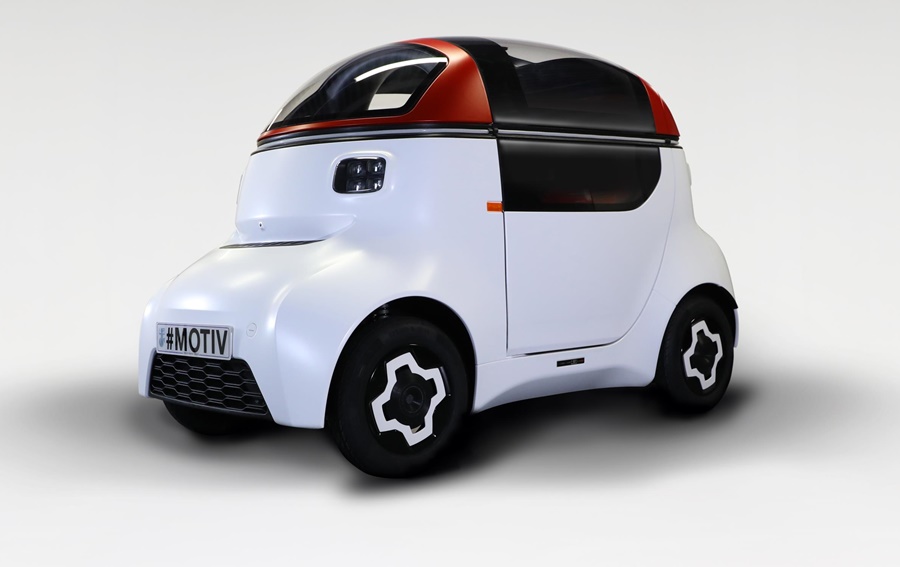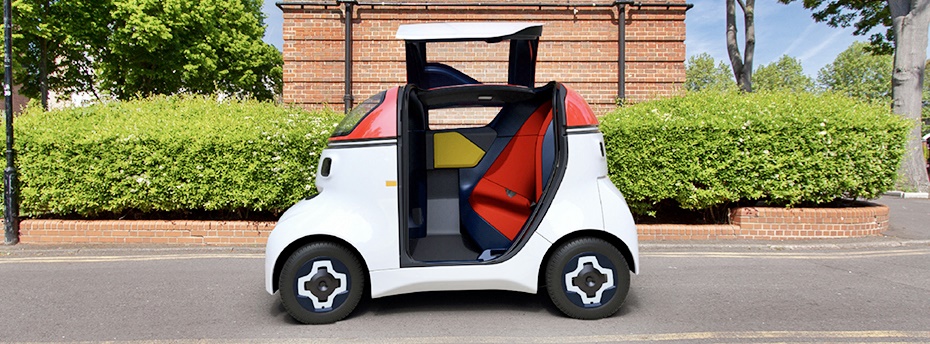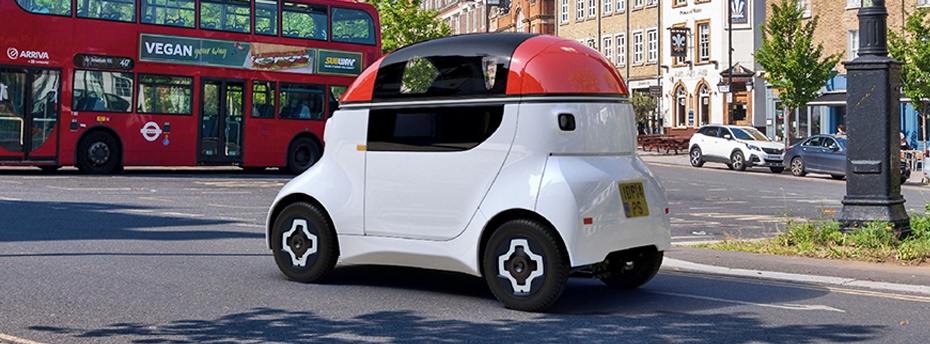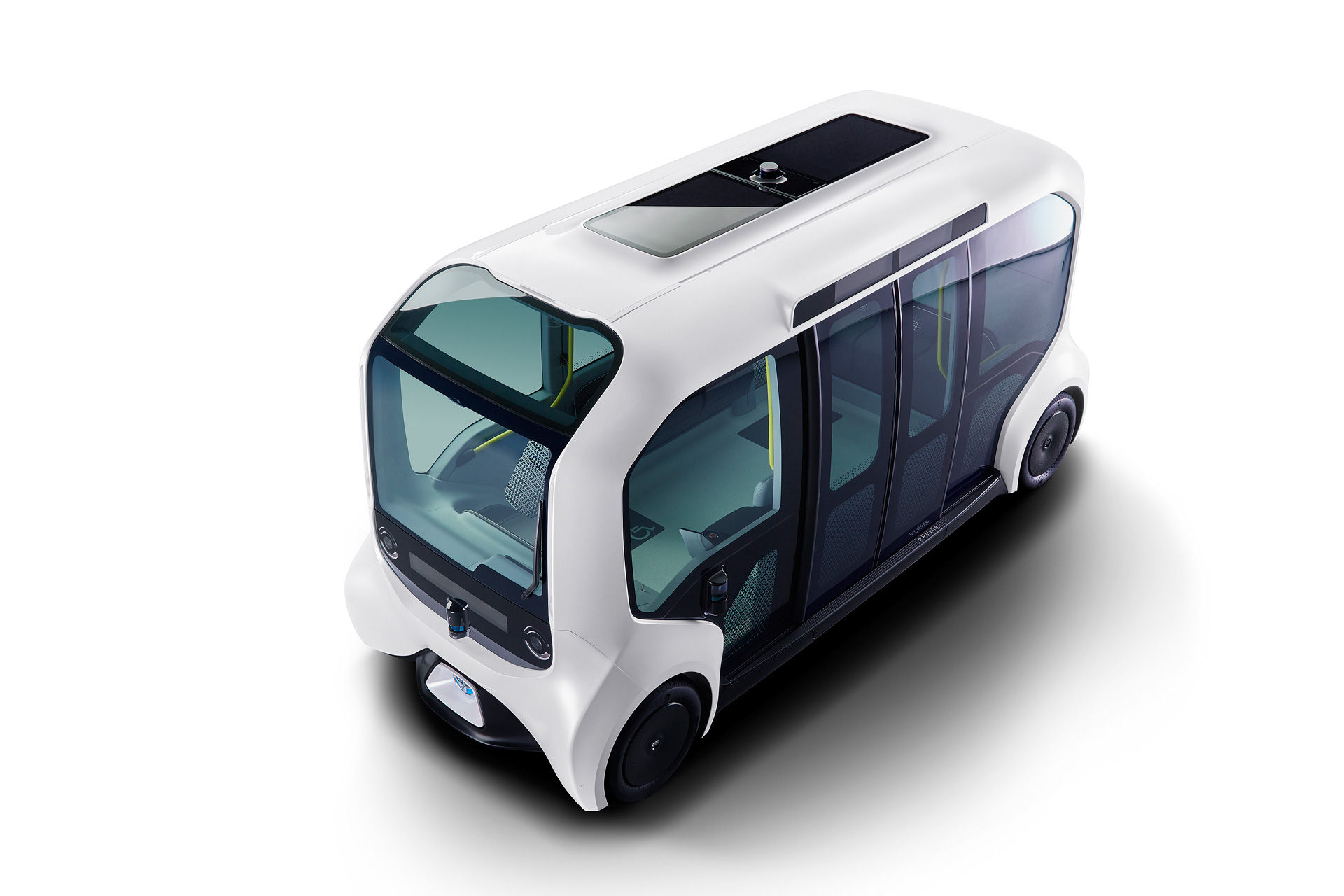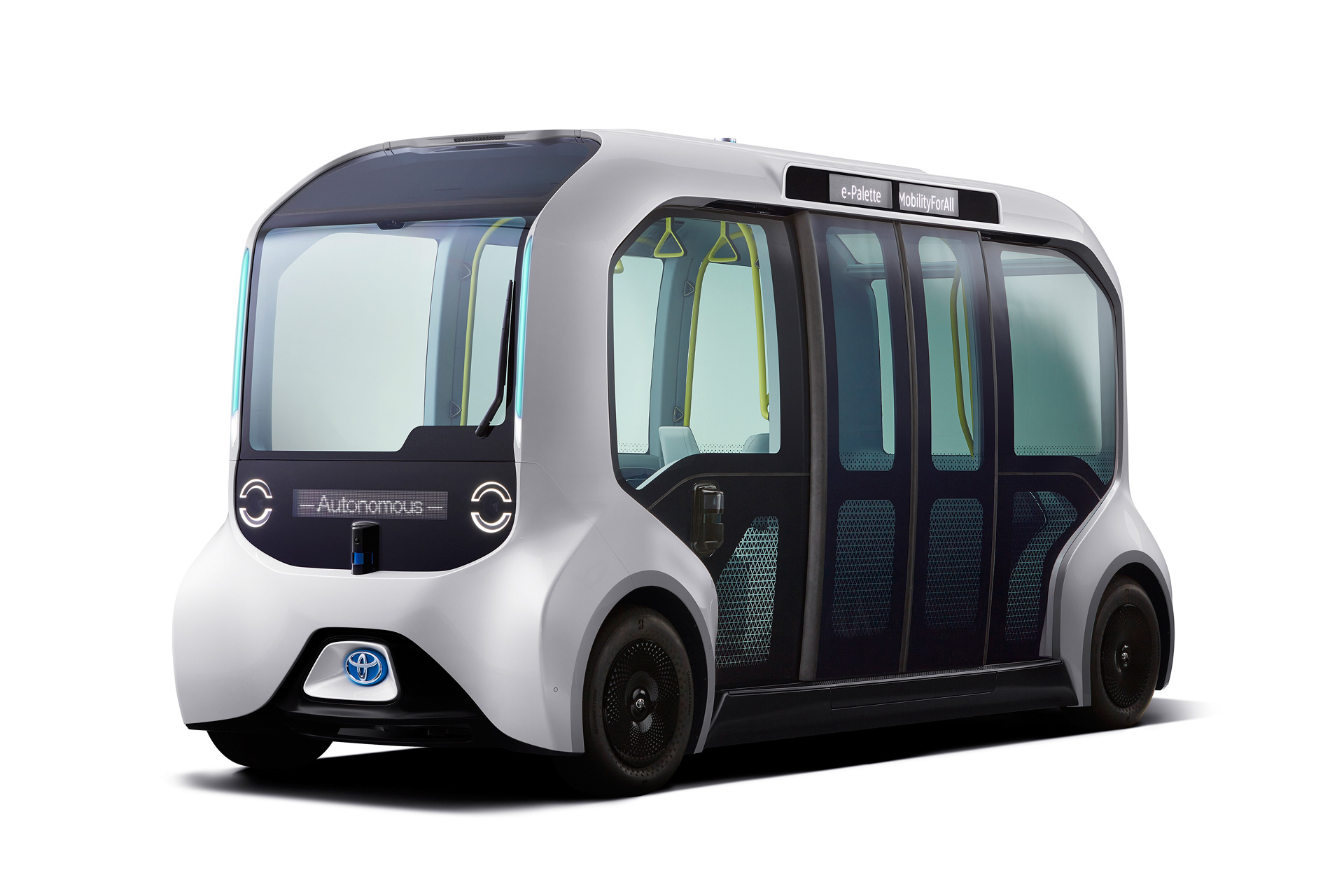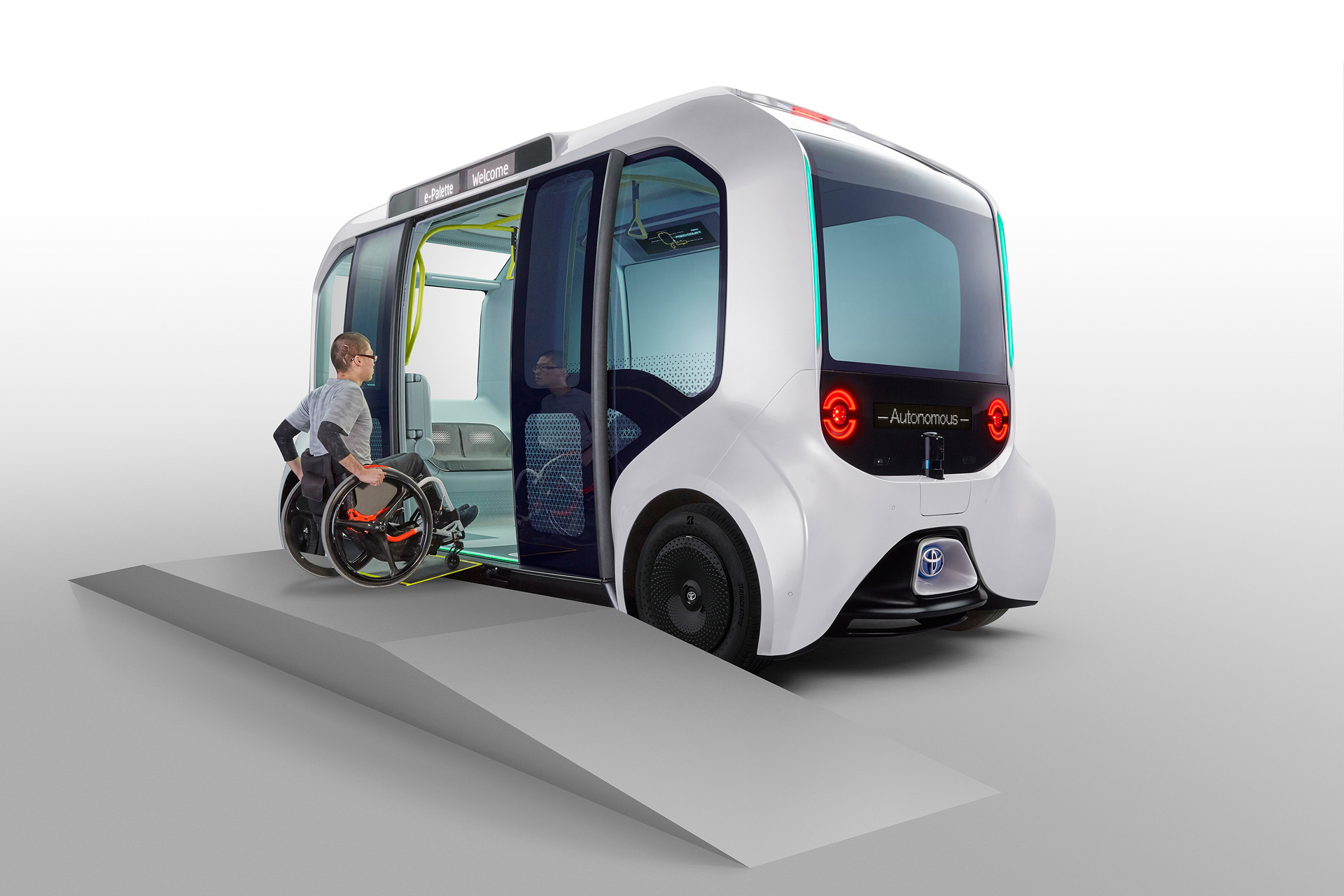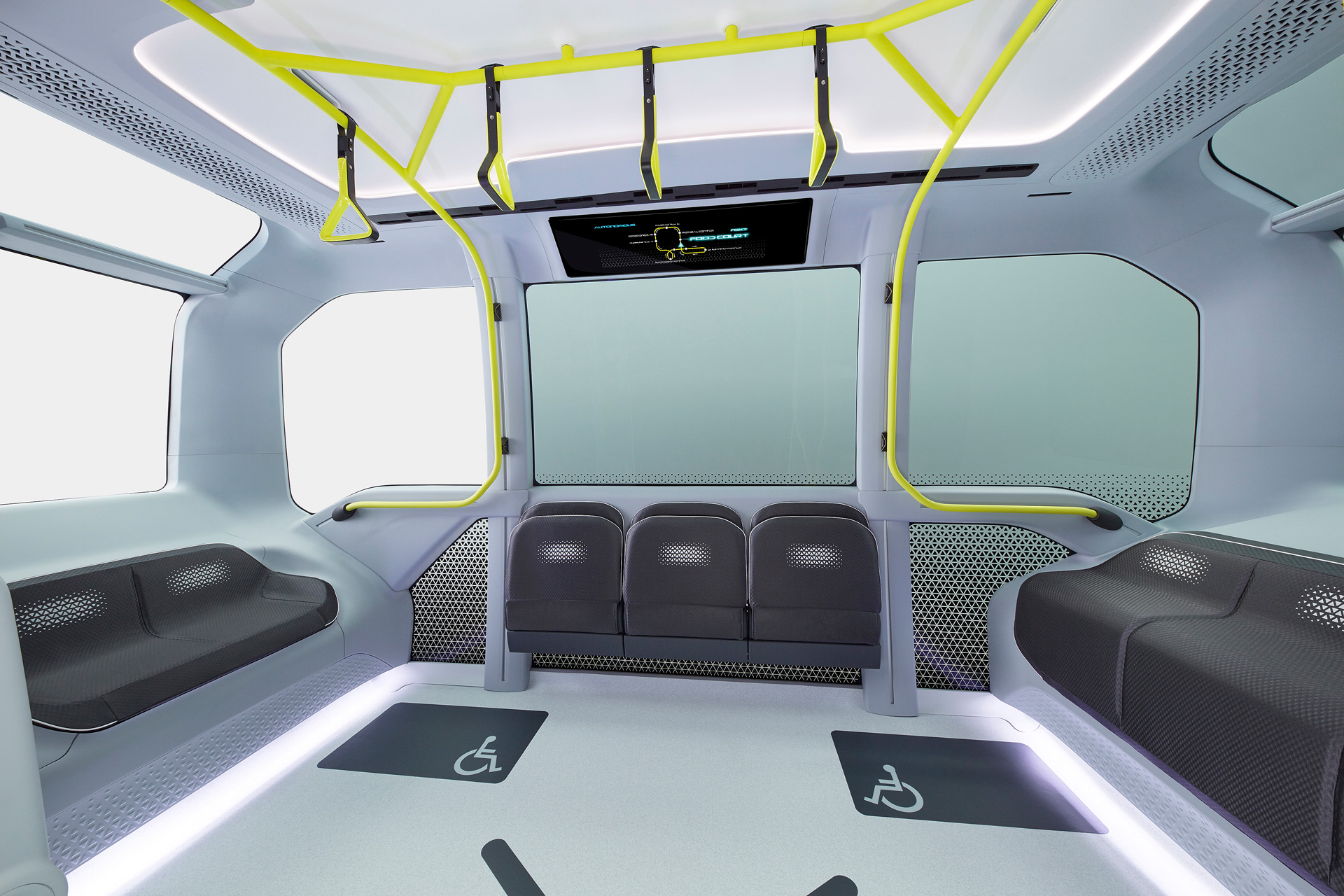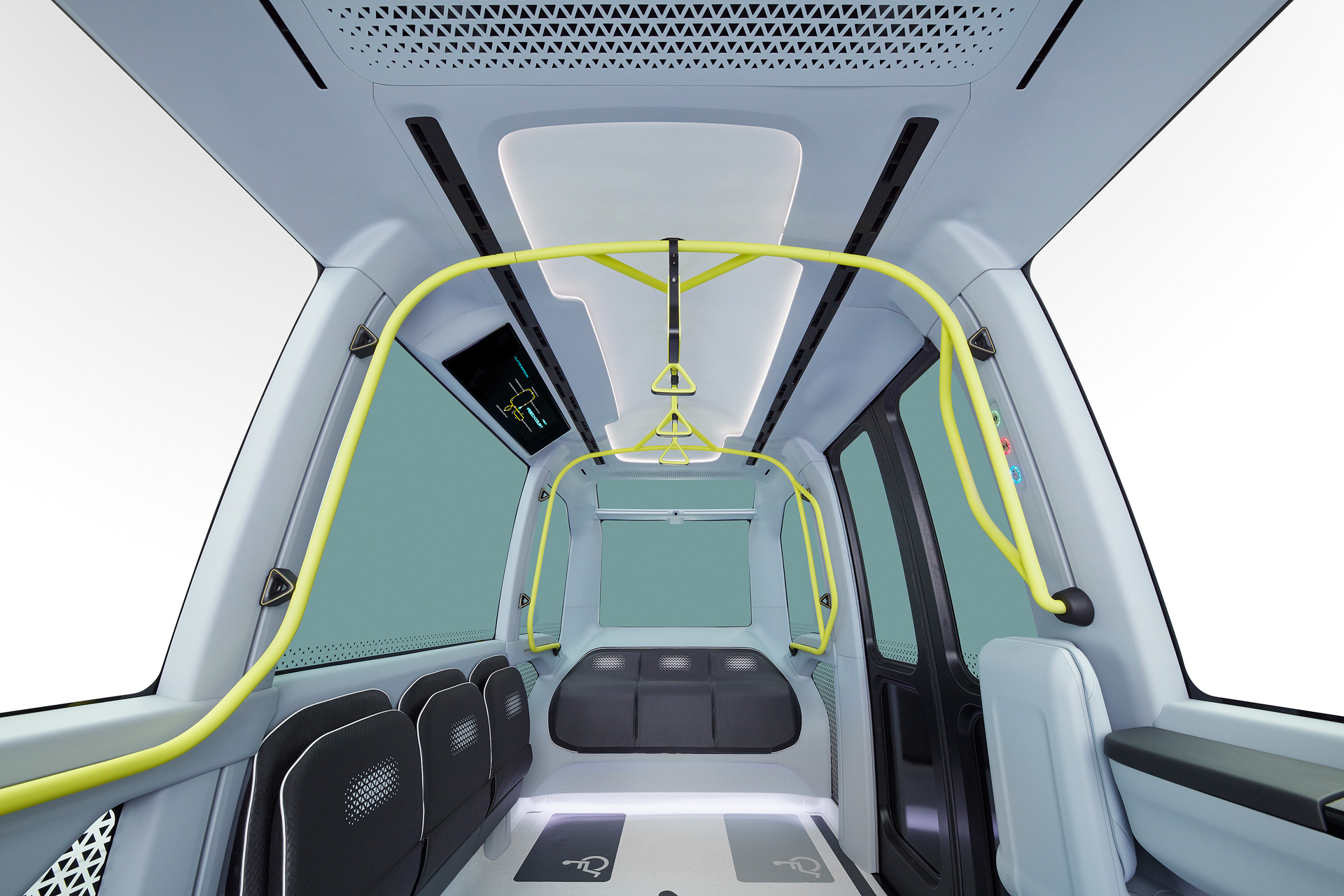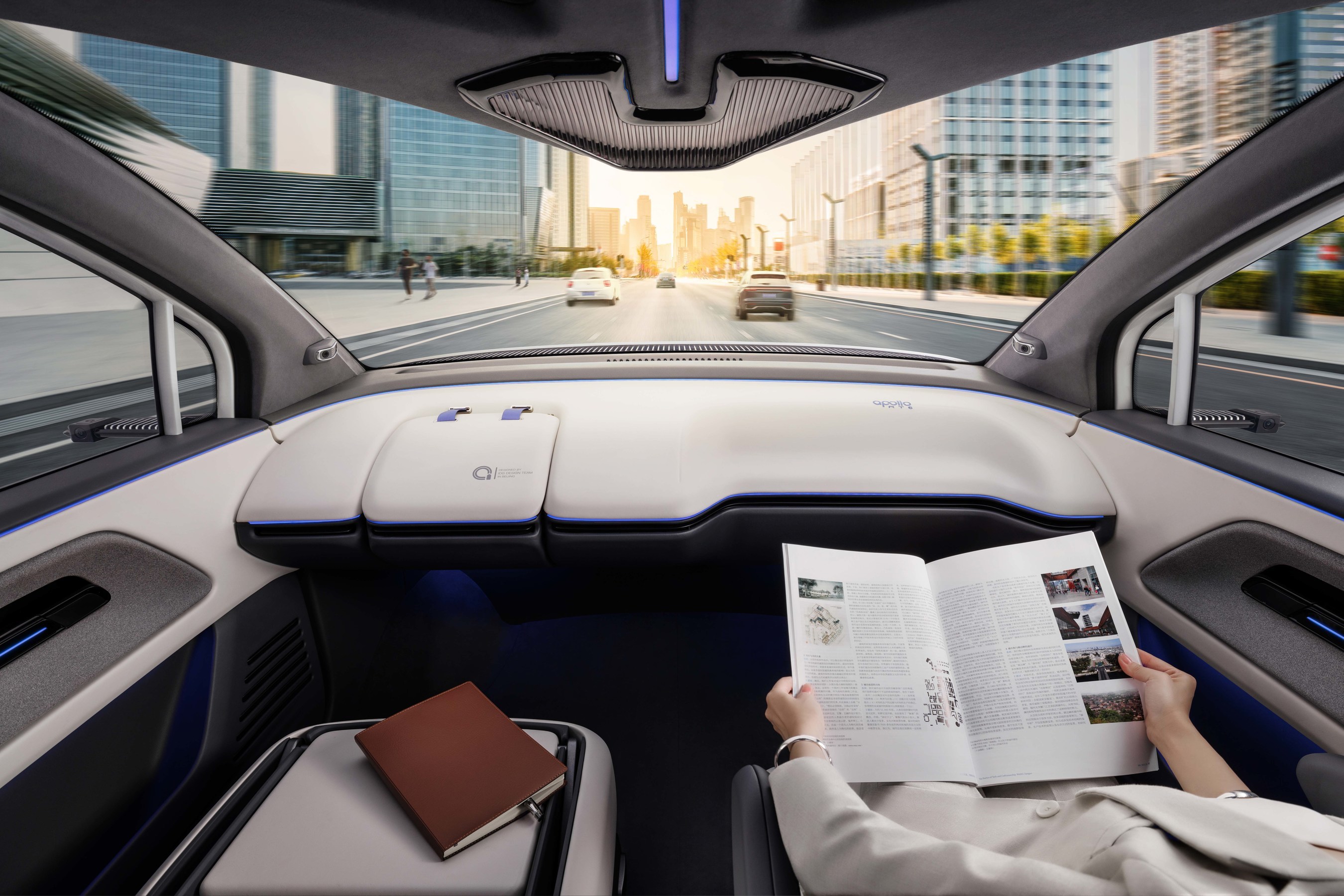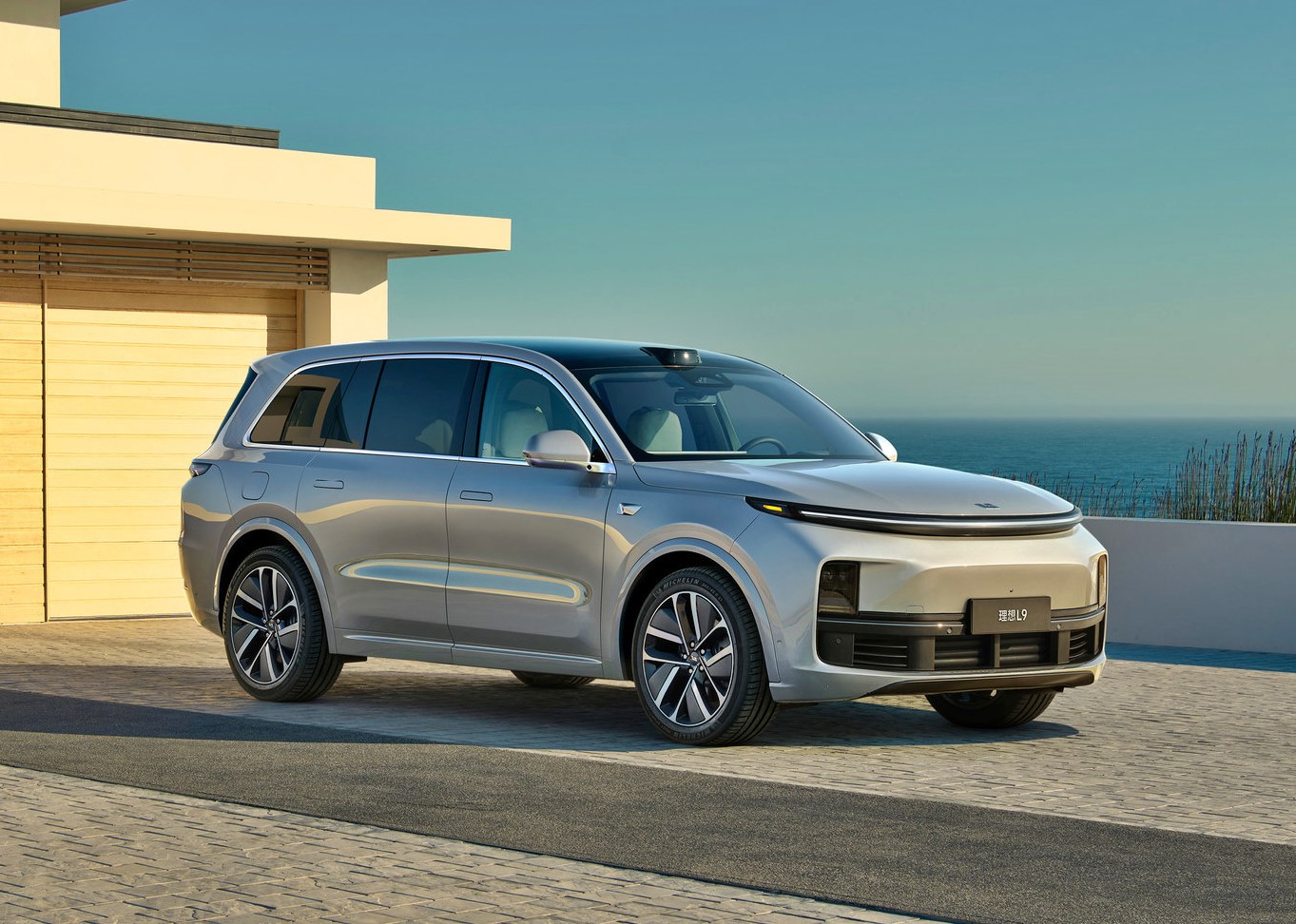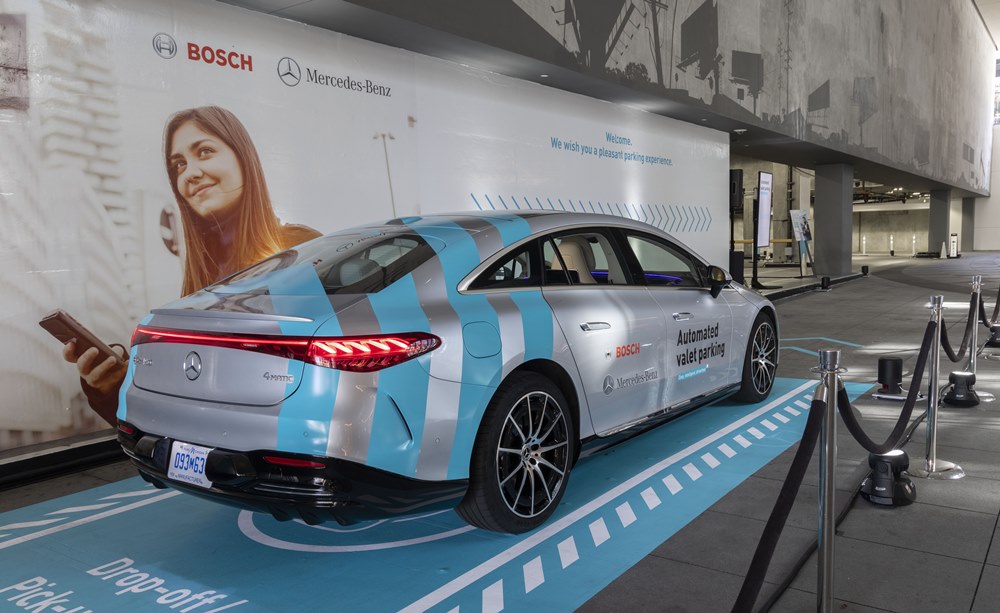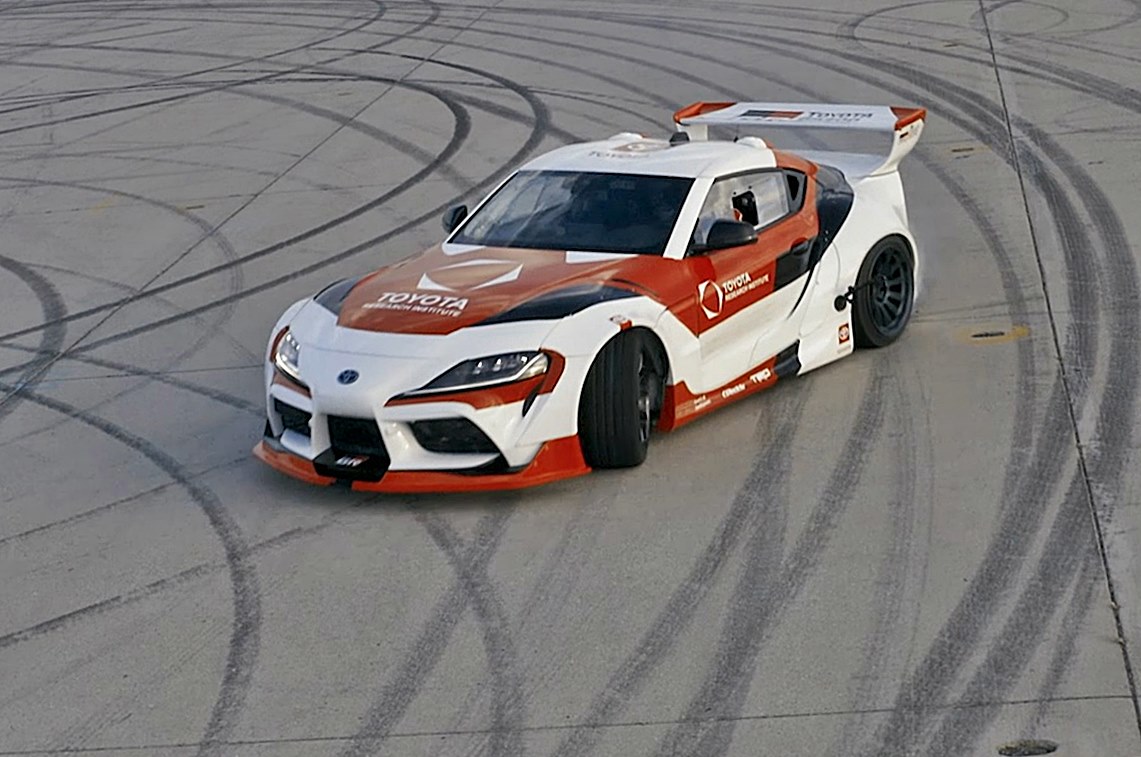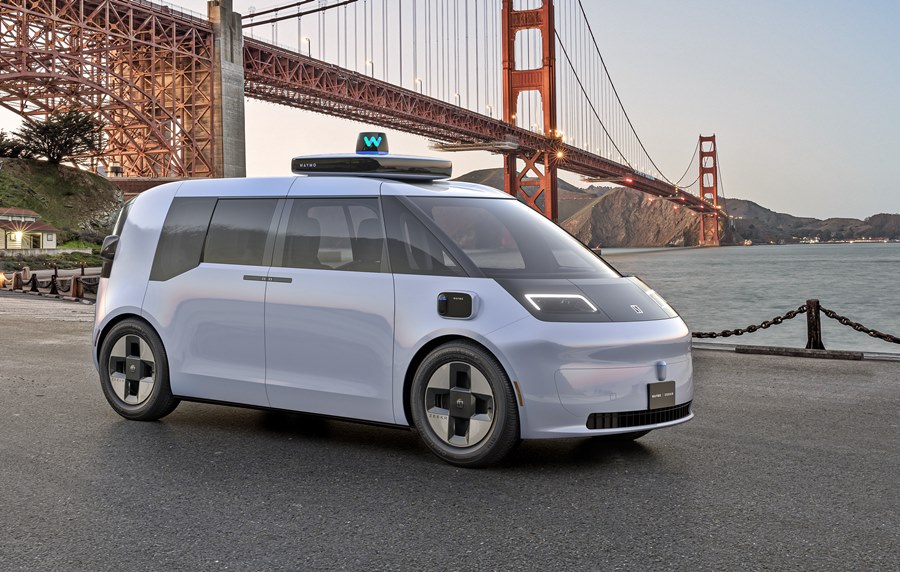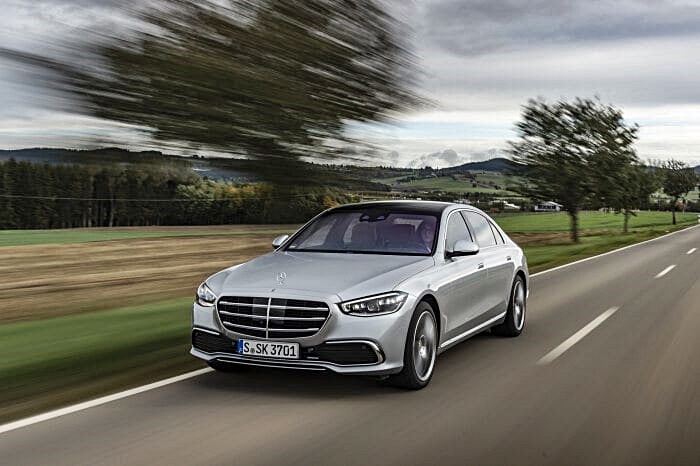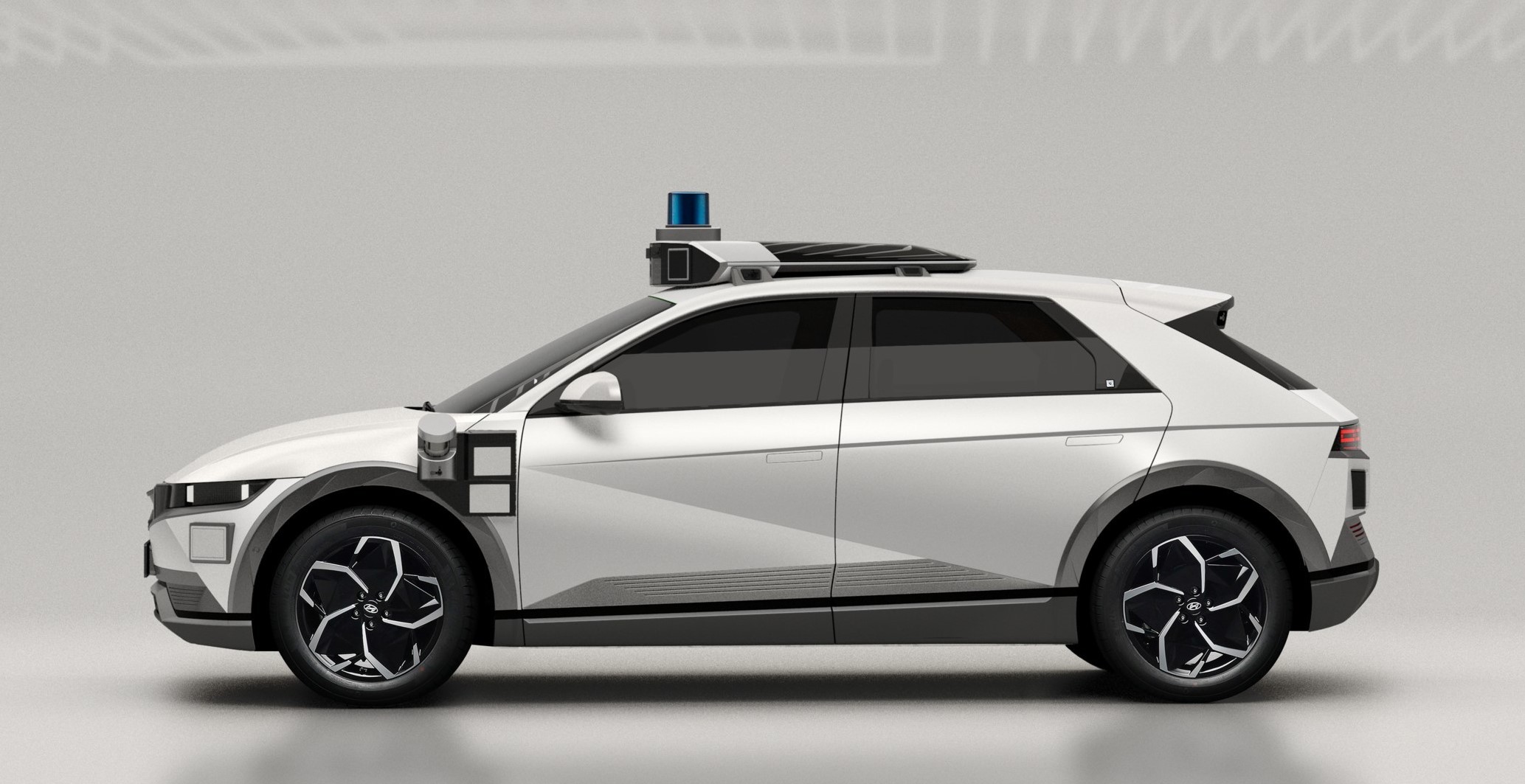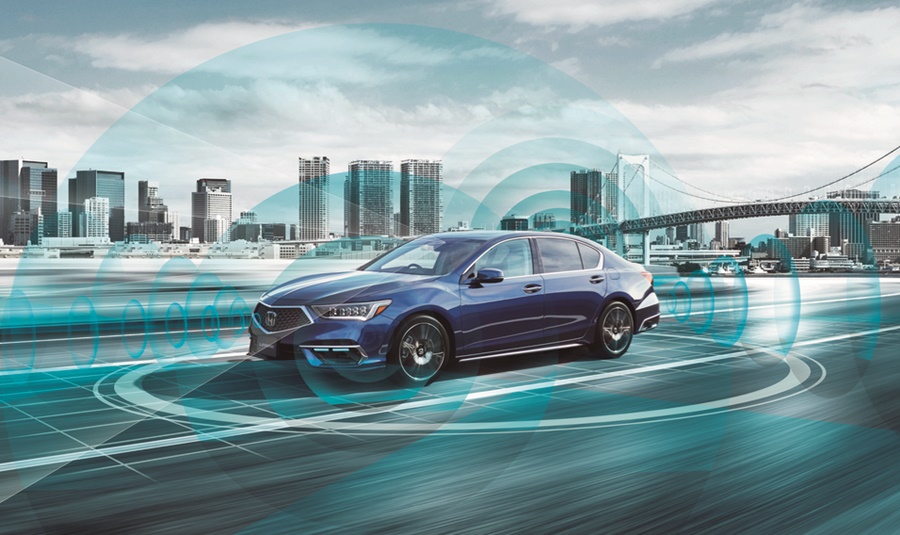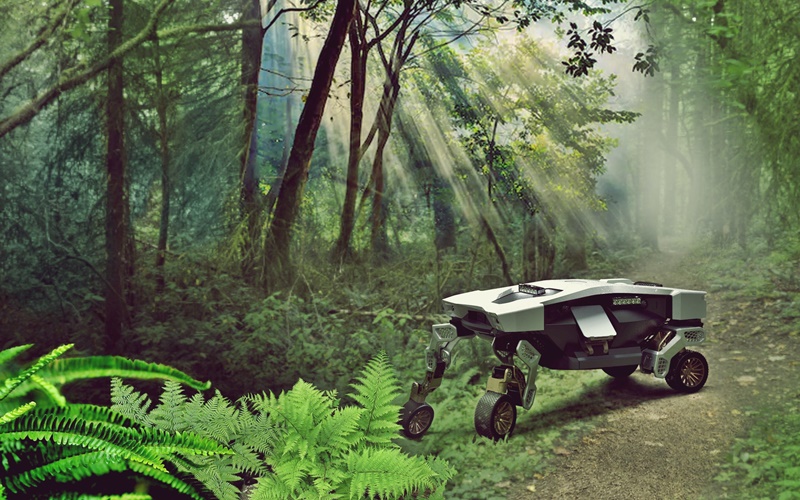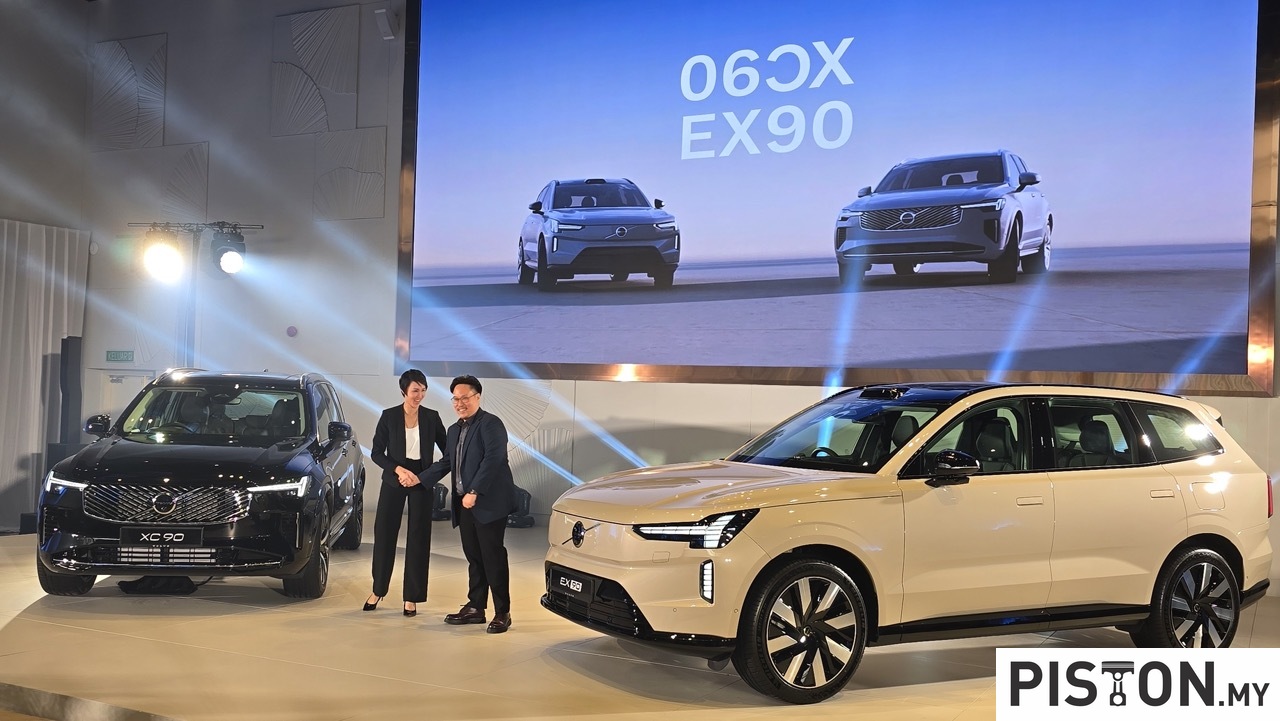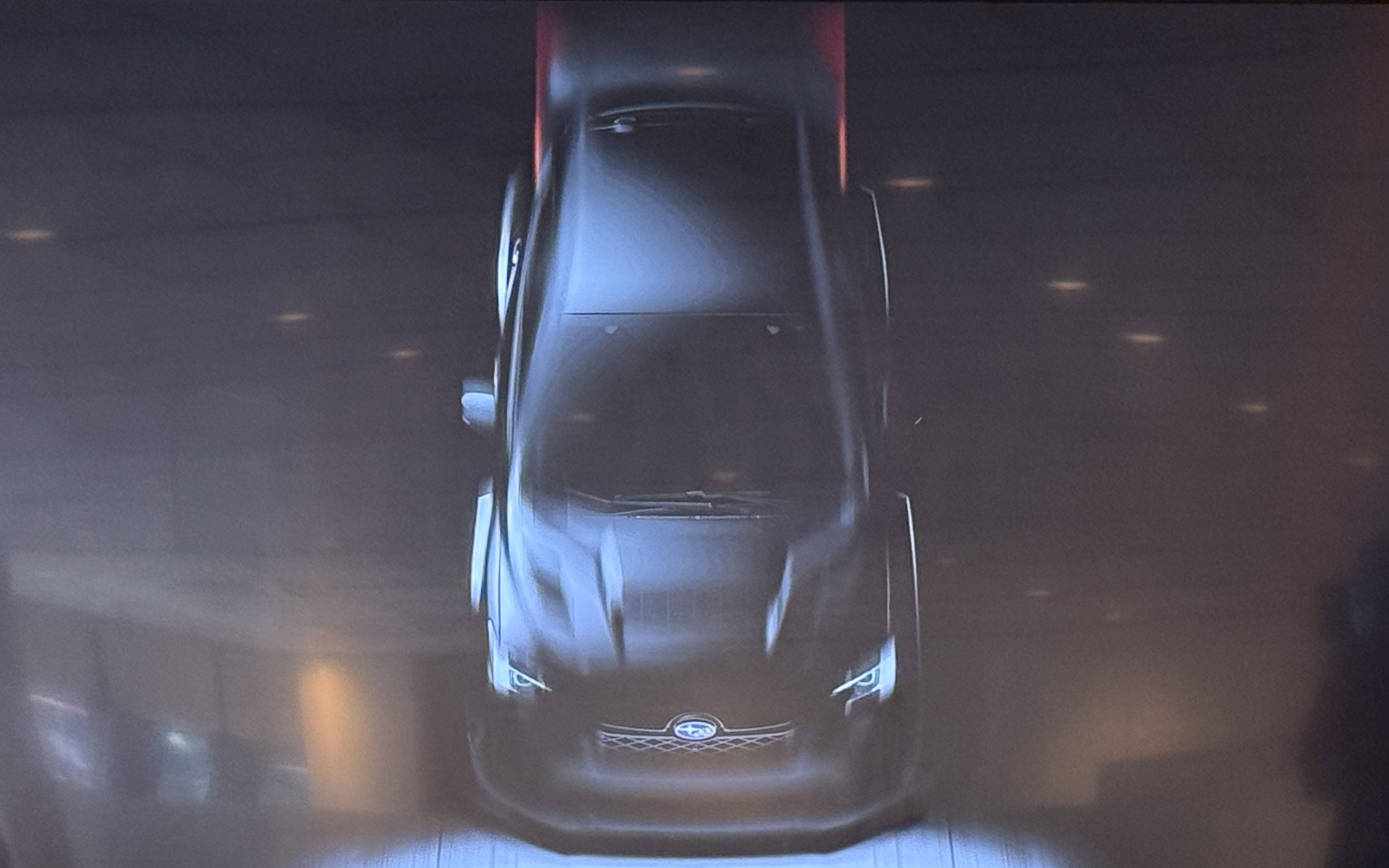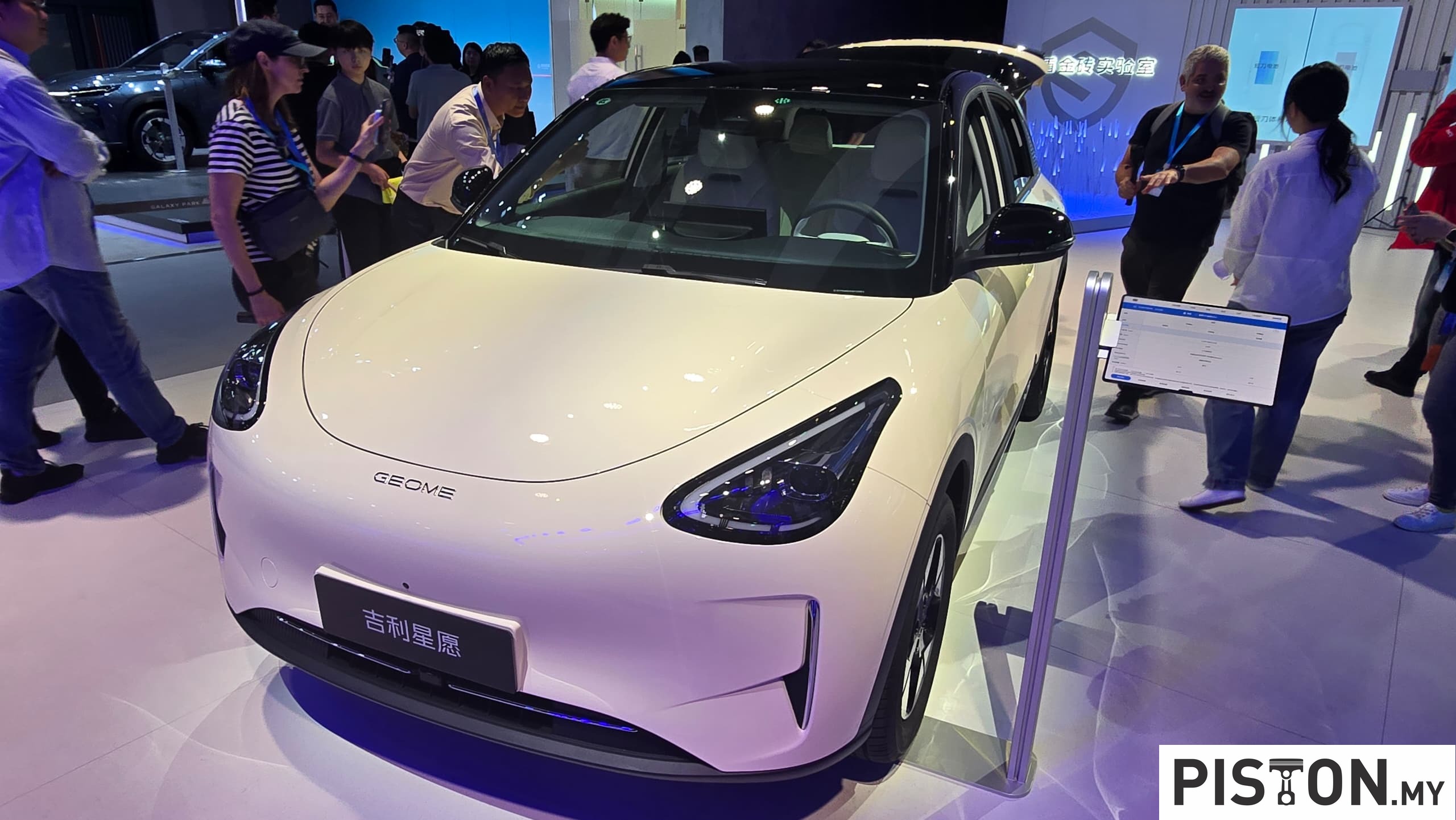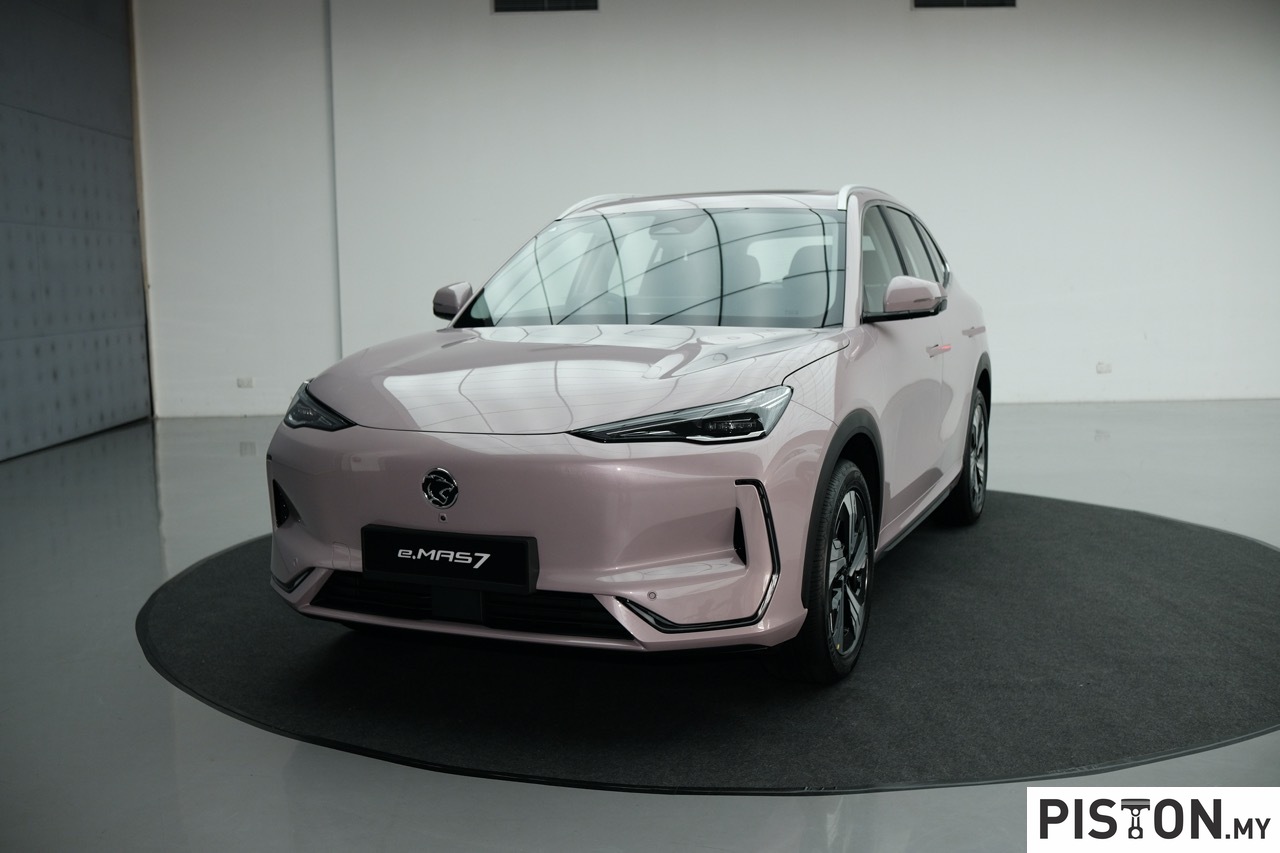Gordon Murray Design and its consortium partners Delta Motorsport and itMoves unveil the ‘MOTIV’, a unique and extremely versatile autonomous vehicle platform, at the MOVE 2020 show in London this week. Part-funded through the UK-government’s ‘IDP14’ programme, the new platform breaks the mould for future mobility development by creating a cost-effective, ultra-lightweight quadricycle vehicle platform that is designed to meet full passenger-car crash safety requirements.
As a development test bed for autonomous systems, MOTIV’s autonomous-ready design is far easier for companies to convert than a conventional vehicle. It has been purpose-built as a platform for autonomy so testing of its driverless capabilities can begin from launch.
Alongside its industry-leading safety credentials, the new fully-electric unit is targeting significant cost-savings and improved refinement over its rivals, while delivering the range capabilities, platform flexibility and plug-and-play versatility required by autonomous customers with personal mobility or commercial delivery requirements.
Designed with autonomy in mind, MOTIV is a single-seater ‘pod’ which provides the versatility of either personal transportation or last-mile deliveries. Engineered using Gordon Murray Design’s iStream Superlight technology which keeps overall weight below 450 kgs (excluding battery pack), the microcar’s single-seater layout provides a private mobility experience for people moving through busy cities.
MOTIV has the potential to significantly reduce congestion and emissions in city centres due to its fully-electric powertrain and compact footprint. Its 1628 mm high pod measures just 2537 mm in length, with a width of 1310 mm.
Due to its compact footprint and layout, MOTIV offers greater flexibility than any of its rivals, it is claimed. To further increase its practicality, the microcar can be adapted in the future to seat multiple occupants (eg for wheelchair use or even for commercial deliveries). In its goods transportation form, the platform can be altered to enable maximum load capacity, creating a volume of more than 1,100 litres.
Power comes from a 20-kW electric motor drawing power from a 17.3-kWh liquid-cooled battery pack which is expected to provide a potential range of up to 100 kms. It will be able to operate at speeds of up to 65 km/h while recharging from 20% capacity to 80% can be within 40 minutes.
“MOTIV has the potential to transform future mobility. The best way to make any vehicle commercially viable and cost-effective, while delivering first-class efficiency, is to make it as light as it can be while retaining the highest levels of safety. With MOTIV, we have used our iStream technologies to create an ultra-lightweight body structure that delivers a vehicle that is compact, refined, safe and versatile, while remaining capable of significant range,” said Professor Gordon Murray, Chairman of the Gordon Murray Group.




